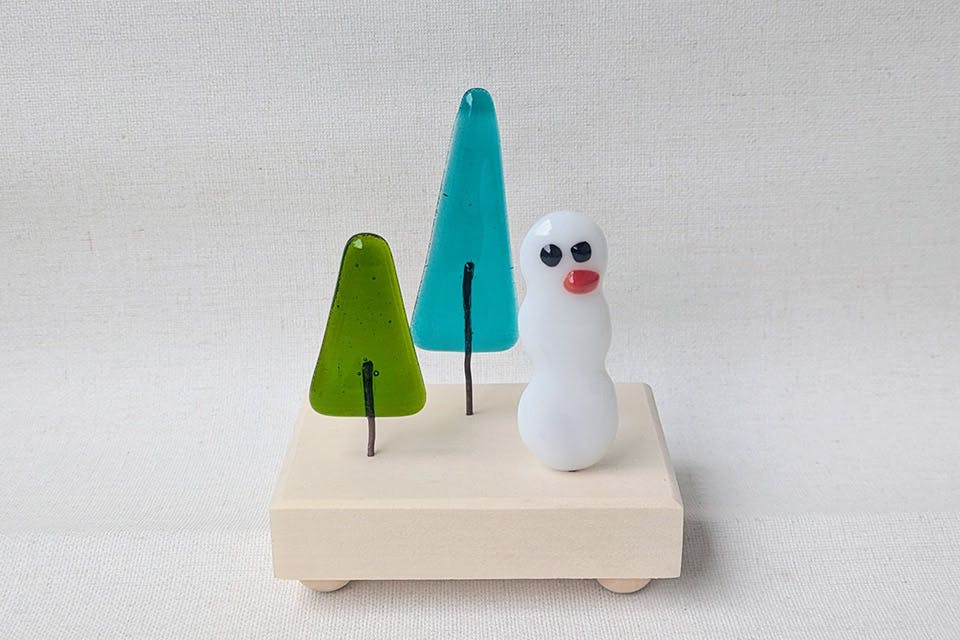Home + Garden
Bird Calling
Wood carver Laurel Dabbs continues an American folk art tradition with her beautiful duck decoys.
Related Articles

Made in Ohio Gifts: Home Decor and Kitchenware
Whether you’re looking for quirky conversation pieces or charcuterie boards made by hand, you’ll find it being created by these talented Ohio artisans. READ MORE >>

Made in Ohio Gifts: Pottery
Find beautiful wares by Buckeye State artists, including napkin holders from Kennedy Vince Ceramics and rustic mugs from Crow House Pottery. READ MORE >>

Potted By Jess Merges Fun and Function
Jessica Guerrero focuses on making usable everyday items that also serve as beautifully crafted and decorated works of art. READ MORE >>


